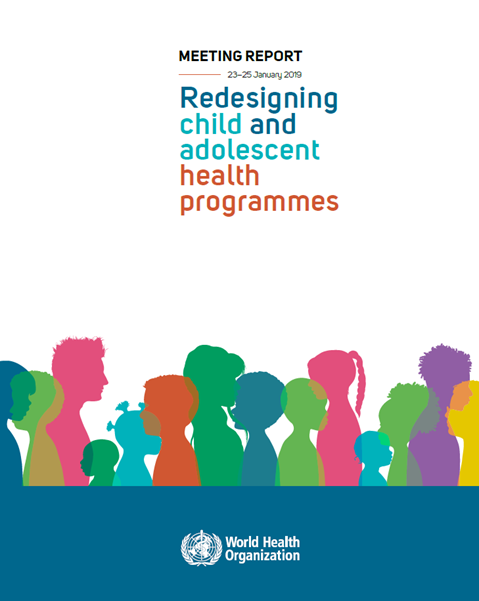Redesigning child and adolescent health programmes
25 January 2019
| Meeting report

Overview
The epidemiology of child health has changed markedly over the past two decades in terms of age structure, causes and spatial distribution of health, illness and death. The prevalence of infectious causes like diarrhoea, pneumonia and malaria has fallen progressively, and most childhood deaths today occur in the first 2 years of life, particularly in the first month. As the proportion of deaths among newborns and young infants increases, they must become the focus of the unfinished child survival agenda, and the reductions in the numbers of deaths from diarrhoea and pneumonia in children under 5 years must be sustained. As communicable diseases become less common as causes of death among children and adolescents aged 5–18 years, other causes, including injuries and noncommunicable diseases (NCDs), become more important. To achieve optimal child and adolescent health and well-being,1 the reductions in mortality must be sustained and the resilience of all children assured along their life-course to adulthood. The gains made during the era of the Millennium Development Goals and the emphasis on the Sustainable Development Goals (SDGs) in the Global Strategy for Women’s, Children’s and Adolescents’ Health must continue in order to decrease the number of child and adolescent deaths, while ensuring that they have opportunities to thrive.
WHO Team
Editors
WHO, UNICEF
Number of pages
38
Copyright
CC BY-NC-SA 3.0 IGO
